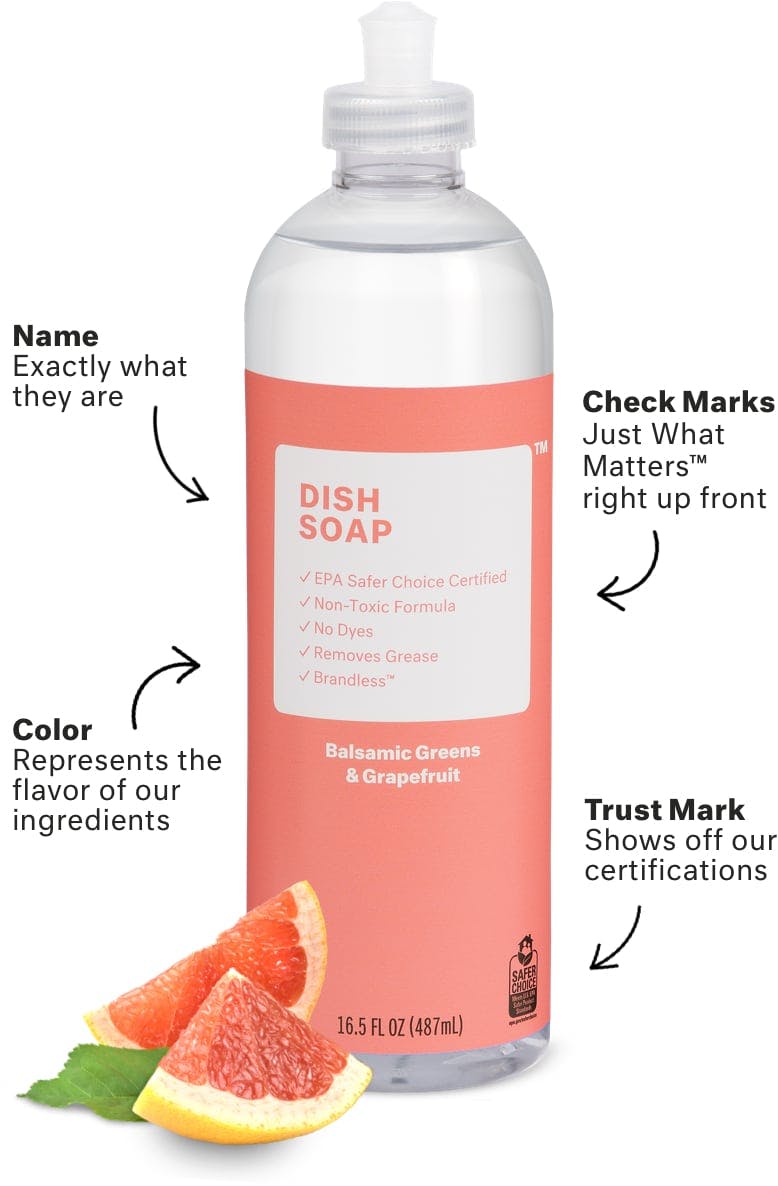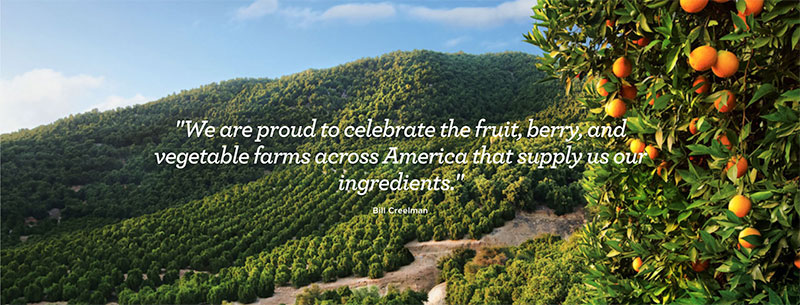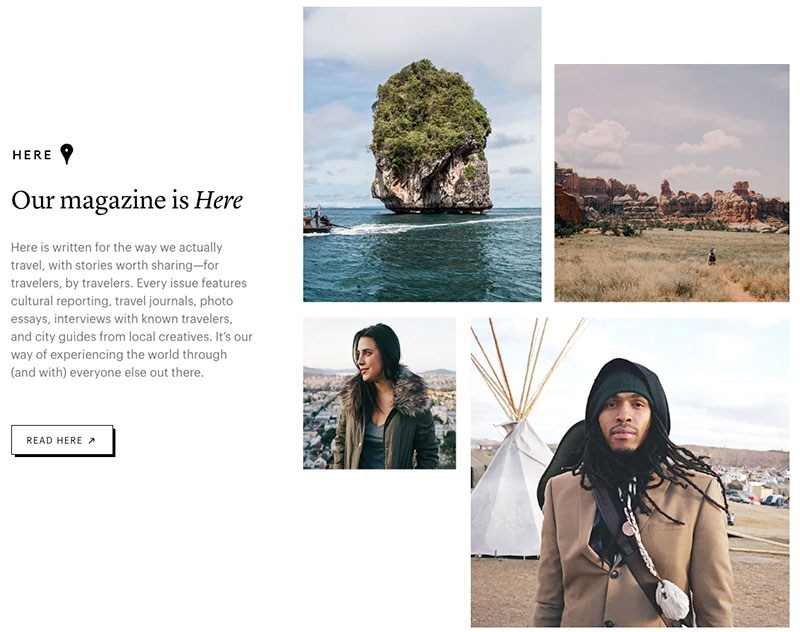New brands emerge every day, but few are successful with about 20% failing in the first year. So what makes a brand successful? To me, part of the answer lies in what I call the brand personality.
How brands present themselves to the world matters a lot if we want to be remembered. When brands connect with an audience it’s usually because they have found a way to differentiate themselves from the pack through their various personality characteristics. If your brand was a person, would you describe it as warm, inviting and personable, or cold and professional?
How do we demonstrate our brand personality? Through the design choices we make, the words we use, and the content we create and share every day. Successful brands know who they are, and live that personality in all customer touch points they design. They are also constantly checking insights they are receiving from their content, and learning every day what makes their viewers engaged and ready to purchase, subscribe, or share.
In this post I want to share with you some brands who exhibit this kind of unique brand personality. And who knows, maybe there are some things you can even steal from my top 10 brand personalities.
Brandless
First, it may sound ironic that the first company on the list is Brandless, when we’ve been talking about the value of branding. But this brand really taps into two attributes that many consumers desire right now—simplicity and savings.
Brandless is an eCommerce brand that strives to make stuff more accessible and affordable. They are attempting to revolutionize shopping.
They even talk about the fact that the system of making, distributing, and selling goods needs a makeover. That’s because traditional brands have a lot of markup at retail due to the distribution channels.
Brandless launched to erase this extra cost and bring high-quality products to consumers for less breaking free from the model that has served retail for some time.
In addition to capturing many consumers’ desire for simplicity and savings, Brandless also emphasizes community. They want to “put people first,” which means they want to be transparent in all their content.
They also talk about giving back. Altruism has become a brand quality that many consumers crave. According to a poll, millennials prefer to do business with companies that give back.
This strategy and approach have made Brandless a hit with consumers. It’s also seen major investment. It received $240 million from SoftBank, who valued the company at $500 million in 2018.
Drunk Elephant
Catchy name, right? It probably peaked your interest at least. In a nutshell, Drunk Elephant is a skincare brand that focuses on biocompatibility. That means they choose natural ingredients based on their benefits to the skin. The ingredients are natural, but they also must actually enhance the skin.
So many consumers are label readers now. They don’t want words they can’t pronounce in their food or in anything they put on their skin.
They also have a bright and fun website and share lots of great snaps on Instagram and other social media channels. And it’s working. The Wall Street Journal reported that the company might be considering a sale with a price tag of $1 billion.
Mirror
Mirror creates mirrors, but not the kind where only your reflection stares back at you. Mirror is a fitness company that brings workouts to homes while also using biometric data to optimize an individual’s regime.
Users can even join classes live without having to go to the gym. This kind of brand makes sense for the busy consumer who has little time to fit in workouts tailored especially to them.
Fitness fanatics already love the idea of biometric data that they get from their devices. This leverages that addiction and packages everything together.
Their brand is well curated in the way it looks and sounds. The style is sleek and modern while the words capture a lot of “FOMO.”
The future of fitness could very well be in the mirror.
Brooklinen
Remember those “bed in a bag” concepts at the local home goods retailer? Brooklinen is taking a new approach to this old bundle. Brooklinen was conceived by two Brooklyn residents who had no formal background in textiles.
Instead, they are cutting out the middleman offering a range of bedding products, as well as a move-in bundle that is described as “everything you need to overhaul your bedroom.”
In their short time, they’ve racked up a bunch of accolades from Inc 5000 (2018 Third Fastest Retail Brand) and Good Housekeeping (2018 Best of Test Winner). They also have over 30,000 five-star reviews.
One thing you’ll immediately notice when you visit their site is the brand’s tone. They start out with “Hi, we’re Brooklinen.” This inclusive voice makes any shopper feel like talking to a friend about what bedding to buy.
They also put a lot of emphasis on quality, offering a lifetime warranty and usage of only the best materials. Even though they are luxury, they are priced well, since they’ve removed the middleman.
Spindrift
Sparkling water is having a moment. Take for instance that in one week in August of 2018, sparkling water sales rose to $49 million; 22% higher than the same time the previous year.
Spindrift is new to the craze but has already made an impression. The development of the product centered on three things: healthy, fun, and tasty. What makes Spindrift different? It was the first sparkling water in the U.S. to be made with real squeezed fruit!
Spindrift first gained popularity on the East Coast and has made its way across the country. Their branding is energetic with lots of vibrant colors. Their images on Pinterest and Instagram are vivid and enchanting.
To keep things “fun,” they even have a cocktails section on their website with a host of yummy recipes.
Holiday Brand
Holiday is a clothing line conceived by a stylist for the band Brockhamptom. Their Spring/Summer 2018 collection was immediately defined as street fashion with its trendy graphics and provocative taglines, which are loved by multiple generations.
For a clothing line, they are no fuss on the digital imprint. Their website starts out as an all-white page with black text. That’s it.
But maybe simple is better. They simply let the merchandise speak for itself and keep it edgy on social.
SVNR
SVNR is a stylization of “souvenir,” offering fashion jewelry. The brand is making a stand, claiming to be the convergence of “ethics and aesthetics.” The brand seeks to incorporate the nostalgia for travel with items sourced along the way.
All the jewelry is made from reused and upcycled materials. The flowy earrings tell a story because its parts started out as something else.
Upcycling and reimaging are hot trends right now. Prices range from around $40 to upwards of $1,000, so they are an attainable trend for most. The brand has been featured in Vogue, Refinery29, Paper, and more.
Bulletin
Bulletin is exposing the world to a new way to shop. The company sells and features brands that are women-owned and previously were only available online.
Rather than wholesale the goods, Bulletin rents sections of its stores every month to enable brands the chance to have a physical presence.
Further, the brand is all about supporting women in the real world, too, donating 10% of all proceeds to Planned Parenthood. Check out their Instagram to get inspired as women of all shapes, sizes, and colors model their wares.
Away
Started by former employees of Warbly Parker, Away is a lifestyle brand that is prominently known for its luggage. It’s being fueled by over $81 million in VC funding and thrives on millennials as their core customers with the tagline “first-class luggage at a coach price.”
They get that their customers want to travel the world and take adventures, but they aren’t going to foot the bill for designer luggage. They know their customers want quality and expect their luggage to last more than a few trips.
They are also socially aware, partnering with Peace Direct to help build peace in areas of conflict around the world.
Plus, they publish a magazine, Here, and a podcast called Airplane Mode, both which share stories of interesting people, places and experiences around the world.
Many of these brands have mastered the always-on marketing approach, yet don’t feel intrusive. Their content is aligned with the traits of their company character, and it’s created for their audience (not their executives), which resonates immediately.
Now it’s your turn.
How can you take what you’ve learned and apply it to your company’s brand personality and content marketing initiatives?
Want more great content like this? Plug your email address into the box below for great ideas on simple approaches to content marketing.







